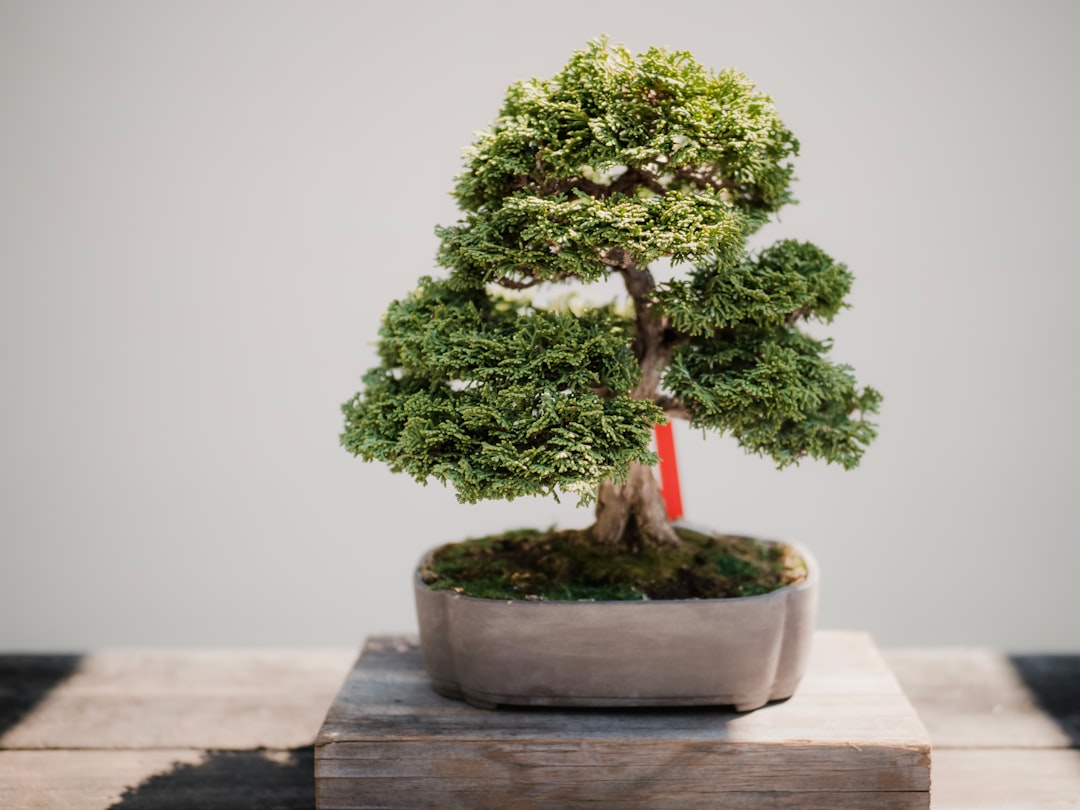Watering is one of the most critical aspects of bonsai care. Too much water can lead to root rot, while too little can cause dehydration and irreversible damage. Finding the perfect balance depends on several factors, including species, climate, soil composition, and pot size. In this guide, we’ll explore how to properly water your bonsai to keep it healthy and thriving.
1. Understanding Bonsai Watering Needs
Unlike trees in the wild, bonsai trees grow in shallow pots with limited soil, meaning they dry out much faster. This makes watering a daily consideration rather than an occasional chore. However, there’s no universal watering schedule—each bonsai has unique needs based on:
-
Tree Species – Some trees prefer consistently moist soil, while others need dry periods between watering.
-
Climate & Season – Hot, dry weather increases evaporation, while cool or humid conditions slow water loss.
-
Soil Mix – Fast-draining soil dries quickly, while dense soils retain more moisture.
-
Pot Size & Depth – Shallow pots dry out faster than deep ones, requiring more frequent watering.
2. How Often Should You Water Your Bonsai?
Instead of watering on a fixed schedule, check the soil regularly and water only when needed. A simple method to determine when to water is:
✅ Touch Test – Insert your finger about 1 cm into the soil. If it feels dry, it’s time to water.
✅ Chopstick Method – Insert a wooden chopstick into the soil and leave it for 10 minutes. If it comes out dry, water your bonsai.
✅ Soil Color – Lighter-colored soil indicates dryness, while dark soil suggests moisture retention.
3. Best Watering Techniques for Healthy Bonsai
A. The Soak-and-Drain Method (Recommended for Most Bonsai)
-
Use a watering can with a fine nozzle to avoid disturbing the soil.
-
Water gently until water drains from the bottom of the pot.
-
Wait a few minutes, then water again to ensure deep hydration.
💡 Why it works: Ensures water reaches the entire root system while allowing excess water to drain, preventing root rot.
B. Submersion Method (For Extremely Dry Soil)
-
Place the entire bonsai pot in a container of water.
-
Let it soak until air bubbles stop rising (indicating full absorption).
-
Remove and allow excess water to drain.
💡 Use sparingly – This is useful for neglected trees but should not be a regular practice, as it can remove oxygen from the soil.
C. Misting Method (For Tropical and Humidity-Loving Bonsai)
-
Use a spray bottle to mist the leaves and bark.
-
Do this in the morning to prevent fungal growth overnight.
💡 Best for: Ficus, Fukien Tea, and other humidity-loving species. However, misting alone is not a substitute for proper watering.
4. Watering Based on Bonsai Species
Different bonsai trees have varying water requirements:
High-Water-Need Bonsai
💧 Require consistently moist soil
-
Willow (Salix)
-
Bald Cypress (Taxodium distichum)
-
Japanese Maple (Acer palmatum)
Moderate-Water-Need Bonsai
🌿 Need soil to dry slightly before re-watering
-
Juniper (Juniperus)
-
Chinese Elm (Ulmus parvifolia)
-
Olive (Olea europaea)
Low-Water-Need Bonsai
🌵 Tolerant of drier conditions
-
Pine (Pinus)
-
Jade (Crassula ovata)
-
Rosemary (Rosmarinus officinalis)
Understanding your tree’s natural habitat helps you mimic its ideal moisture levels.
5. Adjusting Watering Based on Climate and Seasons
🔆 Summer (Hot & Dry Climates)
-
Water early morning or late evening to reduce evaporation.
-
Increase frequency for trees in direct sunlight.
-
Consider using humidity trays or mulching to retain moisture.
❄️ Winter (Cold Climates & Dormant Periods)
-
Reduce watering frequency, as growth slows.
-
Avoid letting roots freeze—use well-draining soil to prevent waterlogging.
🌦 Rainy or Humid Seasons
-
Check drainage holes to prevent water buildup in the pot.
-
Reduce watering if the soil remains consistently damp.
By adapting your watering routine to seasonal and regional changes, you’ll ensure your bonsai receives the right amount of hydration year-round.
6. Choosing the Right Water for Your Bonsai
💧 Best Water Sources
-
Rainwater (Ideal) – Soft and free from chemicals, making it perfect for bonsai.
-
Filtered Water – Removes chlorine and other harmful chemicals found in tap water.
🚫 Avoid Hard Water & Distilled Water
-
Hard water (high in minerals) can leave salt deposits in the soil.
-
Distilled water lacks essential nutrients, potentially leading to deficiencies.
If you must use tap water, let it sit overnight to allow chlorine to evaporate.
7. Common Watering Mistakes to Avoid
🚫 Overwatering
-
Leads to root rot, fungal infections, and weak growth.
-
Symptoms: Yellowing leaves, mushy roots, and mold on the soil surface.
🚫 Underwatering
-
Causes leaf drop, dry soil, and brittle branches.
-
Symptoms: Wilting leaves, brown tips, and slow growth.
🚫 Watering at the Wrong Time
-
Avoid watering during midday heat, as evaporation is too fast.
-
Avoid nighttime watering, which can encourage fungal diseases.
🚫 Using a Strong Water Jet
-
Can wash away soil and damage delicate roots.
-
Use a watering can with a fine spout or a gentle spray setting.
Final Thoughts
Watering your bonsai correctly is a skill that comes with observation and experience. By understanding your tree’s species, adjusting for climate, and using proper watering techniques, you can maintain healthy roots, lush foliage, and long-lasting beauty.
Key Takeaway: Check your bonsai’s soil daily rather than relying on a strict watering schedule.
Have a bonsai watering tip? Share your experience in the comments!

Comments
No comments yet. Be the first to comment!
You must be logged in to comment. Login